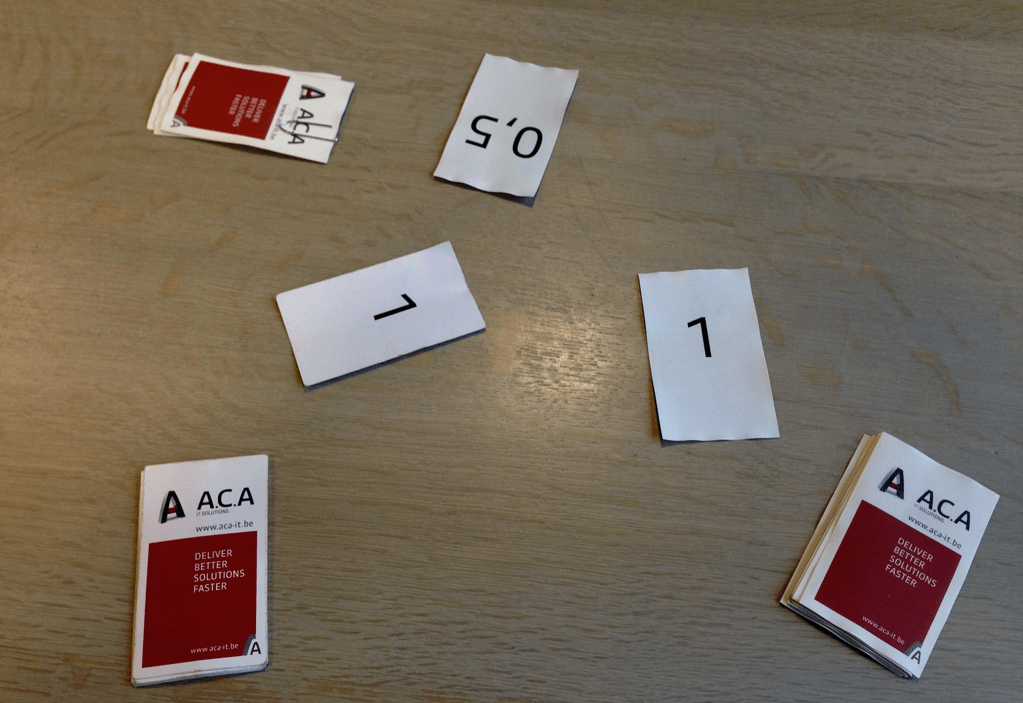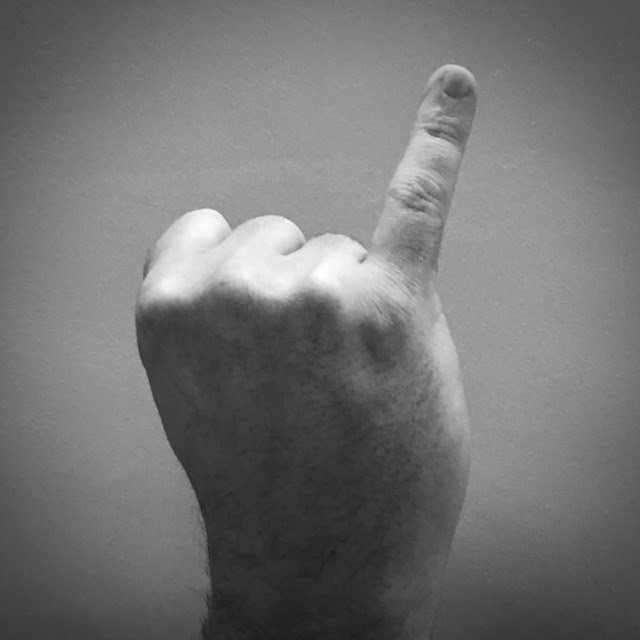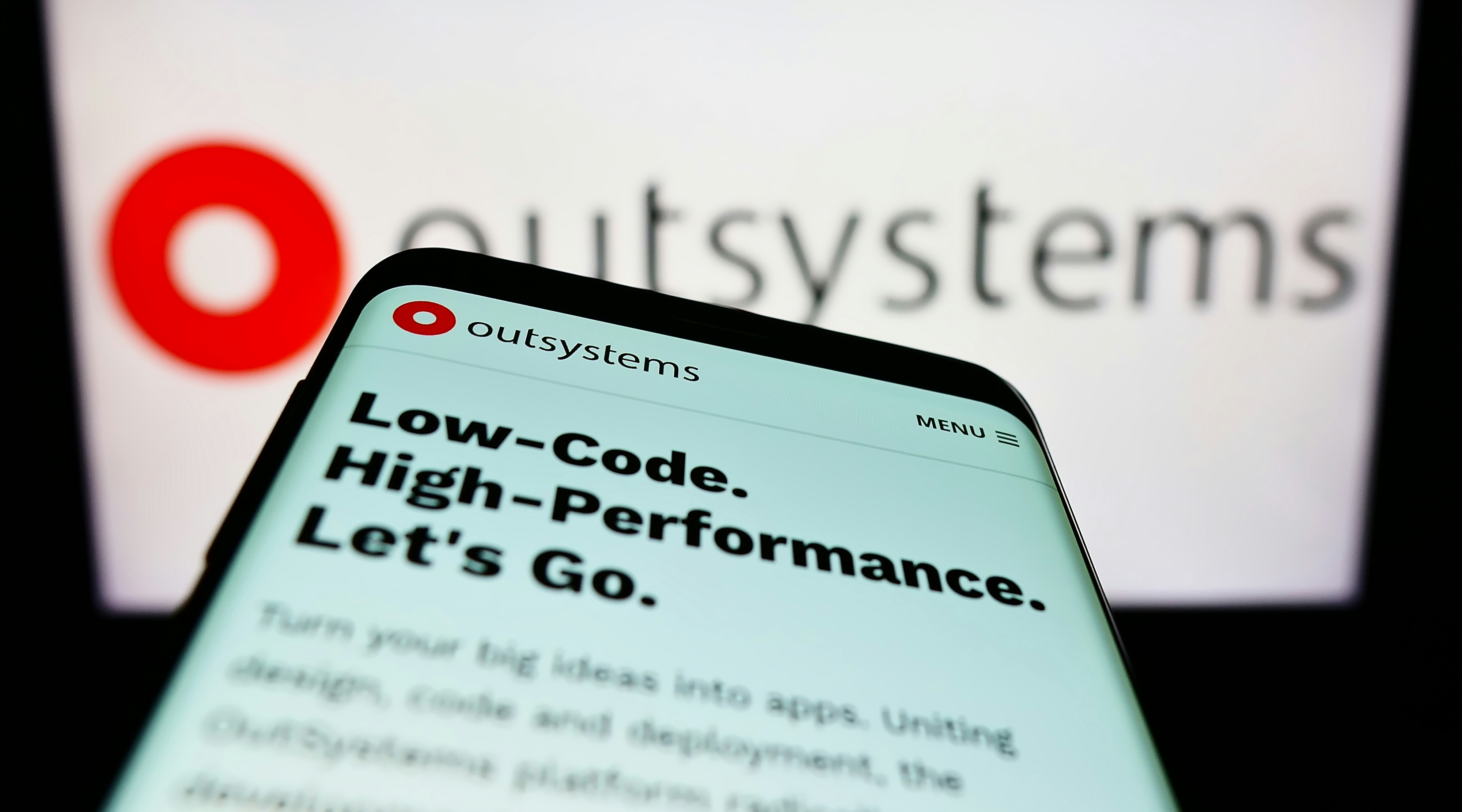
Rockstar planning poker: make software development estimates fun!
Estimating the effort necessary to develop certain functionalities when writing software gives your customers some certainty and predictability. That being said: making software development estimates is usually not the most popular part of a developer’s job. However, we’ve found a way to gamify development estimates and make them a lot more fun, without sacrificing accuracy. In this blog post, we’ll teach you how to make software development estimates fun with rockstar planning poker.
Making estimates for predictability
Whenever a feature is clearly defined, it gets split up into user stories. Here’s an example of such a user story:
Before we start the development of any user story, we estimate the effort we think it’ll take. This way, we’re able to estimate its complexity in a fairly detailed manner and give our customers a certain level of predictability in advance. To be able to do so, we measure how many days it takes us to complete one story point. Story points are a unit of measure for expressing an estimate of the overall effort that’s required to fully implement a user story. The effort is the average number of days one team member needs to complete a story point over a certain time period. The effort multiplied with our team’s capacity gives us an idea of the team’s story throughput, the amount of story points a team can develop over a given period of time. If you extrapolate the story throughput, you can get a clear predictability of the scope you can realize with a team over time.

At this stage in the development process, we don’t quite know the intricate details of a user story yet. However, we’ve already done our ‘homework’ and know enough to accurately estimate the complexity of the development of the user story.
Estimating with planning poker
Planning poker is an ideal way to get to detailed estimates. This way of estimating was described by Mike Cohn in his book Agile Estimating and Planning. During a planning poker session, a user story is estimated by the team that will be working on it.
First, the product manager explains what we want to achieve with the user story. Then, the team discusses about what exactly needs to be done to get there, until they reach a consensus about the story. After that, every team member uses ‘planning cards’ to individually estimate the effort required to complete the story. At the count of three, every team member simultaneously turns around their planning card to reveal their estimation in story points. If there are any major differences, the team continues to discuss the story’s complexity until a new consensus is reached.

At ACA, we use a series of custom cards to denote a story’s complexity in story points. We have cards with the numbers 0.5 – 1 – 1.5 – 2.5 and 4. However, over time we’ve noticed that stories estimated to be 2.5 or 4 story points introduce more workload and uncertainty, which in turn comprises the predictability towards the customer. Now, all stories that are estimated to be more than 1.5 story points are split up into smaller parts. We’ve therefore limited the numbers on our cards to just 0.5 – 1 and 1.5.
So what about rockstar planning poker?
Most technical people aren’t very fond of making estimates. Estimation session are tiring and demand a lot of energy, even when using planning poker to gamify the planning process. To liven up those sessions, we’ve been using something we call rockstar planning poker for a few years now.
Instead of using cards to denote a story points, we use our hands. Just like in ‘rock, paper, scissors’, we all count to three and then all show our hands to make one of the following signs.

Pinkie
The universal rockstar signal to order a beer, especially in the lovely student town of Leuven in Belgium. This signal denotes 0.5 story points.

Index finger
The rockstar way of saying hello! This signal denotes 1 story point.

Little finger and index finger
The universal way of letting everyone know to rock on. Used to denote a complexity of 1.5 story points.

Middle finger
The universal signal for … This signal is used to say that the user story needs further clarification or splitting up in smaller parts.
 Takeaway
Takeaway
Rockstar planning poker is an ideal way to keep things fun, and keeping things fun ensures more involvement and work of a high quality. Rockstar planning poker doesn’t necessarily yield better results when it comes to estimating effort, but it has livened up our teams’ estimation sessions. All you need is your hands!
So, if you’re tired of those exhausting estimation sessions, why not try rockstar planning poker to spice it up a bit? Good luck, have fun and let us know how you did!



